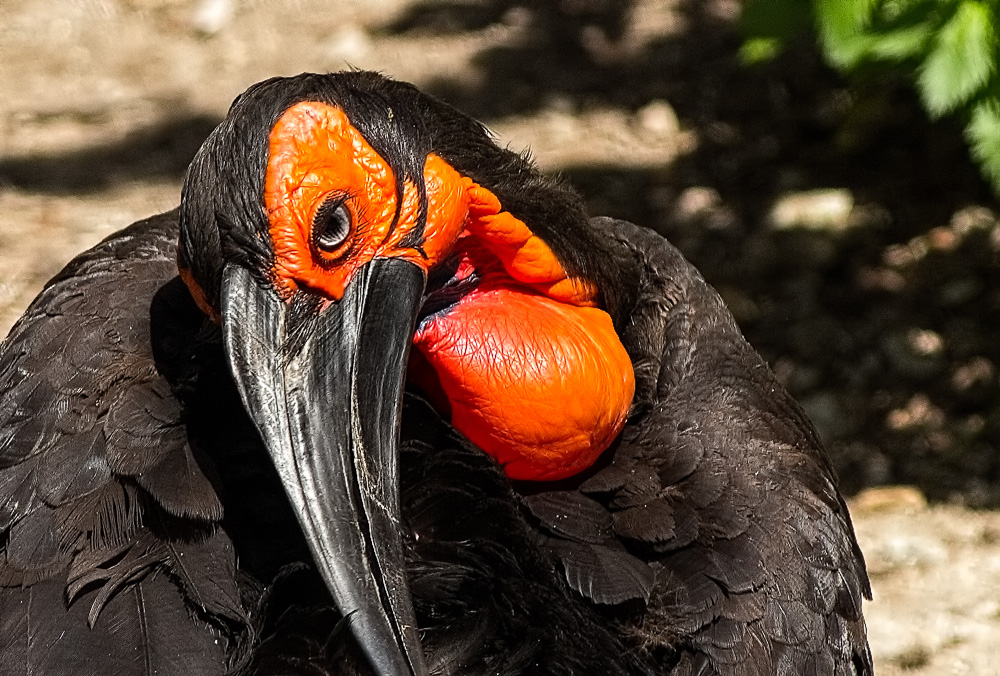Welcome to the Coordinated Avifaunal Roadcount (CAR)
Monitoring Large Terrestrial Birds for Conservation
The Coordinated Avifaunal Roadcount (CAR) is a long-term bird monitoring project that tracks populations of large terrestrial birds across southern Africa. Since 1993, volunteers have played a crucial role in gathering standardized data to assess population trends, habitat use, and conservation needs.
CAR surveys take place twice a year—in mid-summer (last Saturday in January) and mid-winter (last Saturday in July). Participants drive fixed routes, stopping at 2km intervals to count birds, contributing to one of Africa’s longest running citizen science initiatives.
Why CAR Matters
Many large birds—such as cranes, bustards, korhaans, Secretarybirds, storks, and vultures—depend on private farmlands and open landscapes for survival. With over 340 fixed routes covering 19,000 km across eight provinces, CAR provides essential data on:- Long-term population trends for over 51 bird species, including 25 Red Data species.
- Habitat preferences and how land-use changes impact bird populations.
- Conservation priorities for threatened species that are not adequately protected within formal reserves.

Get Involved
Whether you are a birdwatcher, a farmer, or just someone who cares about conservation, you can join CAR and contribute to the protection of Africa’s iconic birds.
To learn more or get involved, contact us to find a route that needs monitoring near you.
Who Participates?
CAR thrives on enthusiastic volunteers, including:- Bird club members
- Farmers
- Conservationists
- School groups
- Community members passionate about birds and nature
A History of Impact
CAR began in 1993 as a project of the Cape Bird Club and the Animal Demography Unit (ADU), initially monitoring Blue Cranes (Anthropoides paradiseus) and Denham’s Bustards (Neotis denhami) in the Overberg region of the Western Cape. The project has since expanded significantly and is now coordinated by the FitzPatrick Institute of African Ornithology at the University of Cape Town.
Routes have been grouped into clusters called precincts. Local Precinct Organisers play a vital role in organizing counts in their areas. Currently there are 46 precincts in eight provinces. CAR has thrived on the enthusiastic, voluntary participation of members of bird clubs and farming communities, conservators, schools and interested members of the public. Every six months, over 750 people travel along bumpy country roads, making this one of the largest birder-participation projects in Africa. CAR is coordinated by FitzPatrick Institute of African Ornithology, based at the University of Cape Town.
Many of the routes are covered by farmers, thereby fulfilling a major objective in encouraging conservation and bird-friendly land-management practices on private lands. Most large terrestrial birds have huge ranges and are not adequately conserved within protected areas. The contribution that farmers can make to the protection of these birds is enormous.




 Login
Login


